Amplifying Pre-Existing Assets
The Client Internal project showcasing how a combination of the right creative services can amplify existing assets. For this case study, our team took a handful of our client's, Electrolux's, assets a step further to incorporate lifestyle elements into a photorealistic CGI setting.
The Project The goal of this project was to not only showcase the importance of how aligning a combination of creative services & mediums allows for the most successful & efficient visual assets, but to also illustrate how these various services offer a holistic solution for our client's needs.
For this project, our team demonstrates the building of a CGI kitchen scene, using photography to capture organic elements (people & food), then compositing everything together seamlessly into one final asset. Using a combination of services is oftentimes the very reason a project is successful. 
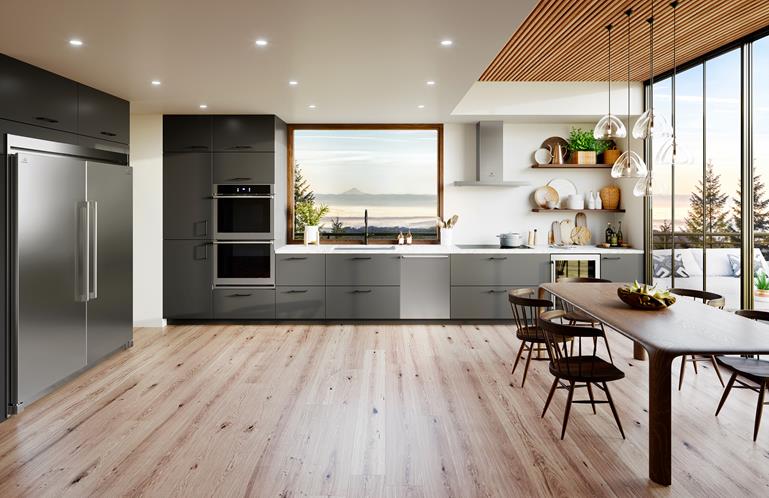
Original CGI Asset
The Challenge CGI is a great resource for brands to use to develop their creative visual assets, especially when said brand needs to have marketing materials in hand before the actual product is manufactured. Our team sees this all too often but is no longer an issue to deliver upon the client's needs when we have a team of CGI specialists on the ready.
Although CGI can be the answer to many problems, it can often pose its own challenges. One particular challenge in the computer-generated world is creating elements organic in nature, such as photorealistic people, plants, food, etc. Not that it can't be done or even done well in CGI, sometimes it is most efficient to look to photography to capture the organic elements, then composite the person, plant, or food into the computer-generated scene. That is exactly what our team delivered with this project. 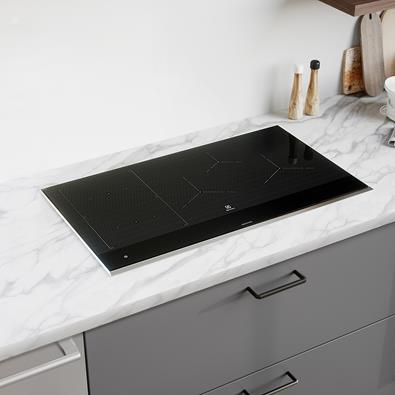
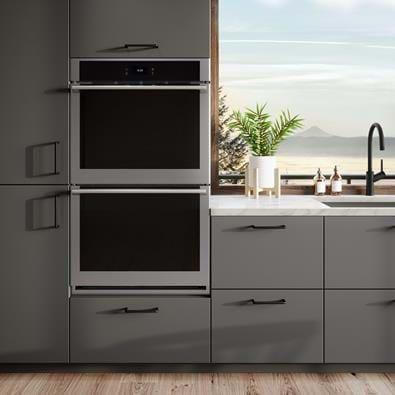


Left: Original CGI Stove Top
Right: Original CGI Double Convection Oven
The Solution Our team revisited the existing CGI kitchen scene from a previous Electrolux project and decided to take it a step further by bringing people and food into the computer-generated images. Once we decided who and what foods we'd like to showcase, our team sketched up a storyboard of the plan.
Our photographers then studied the lighting in which the CGI scene was created. Taking that knowledge to the photo set, our team matched the lighting to the established CGI room scene. We then brought on styled food and placed it on set to match the same angle needed in the CGI room scene to ensure it made sense visually. We did the same with the people element--if someone was reaching into a wine fridge, the angles had to be just right. Once the photo elements were completed, this is where our digital artists picked up the baton.
With both CGI and photography elements ready, the digital artists then worked their magic to seamlessly composite the people and food into the CGI room scene. With close attention to details such as matched lighting, exact angles, and the tedious talent of compositing multiple elements into one singular asset, this project became a success. 
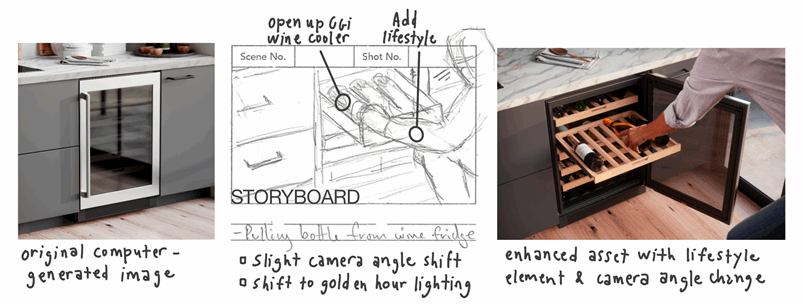

The Result Could this project have been completed using only CGI? Sure. However, using a combination of CGI, photography, and digital artistry allowed for this project to be more cost-effective at the core. Why? Because our team was able to leverage pre-existing assets with a creatively packaged solution of capabilities without sacrificing quality--something our team takes pride in doing well. 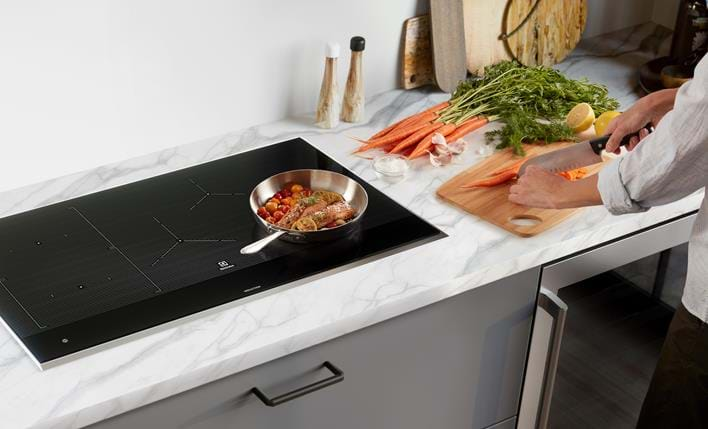

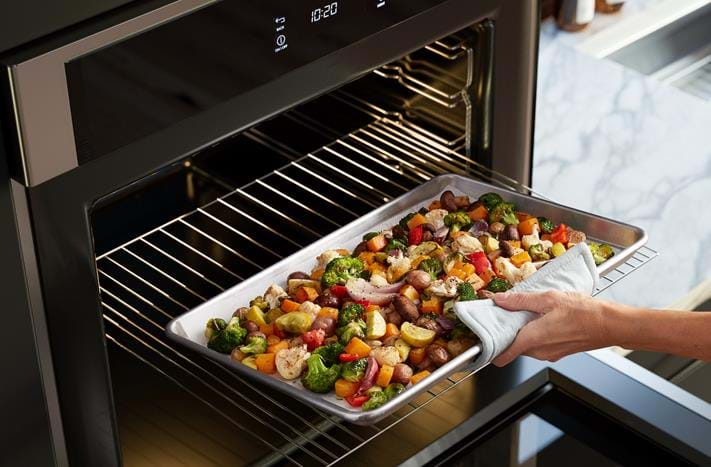
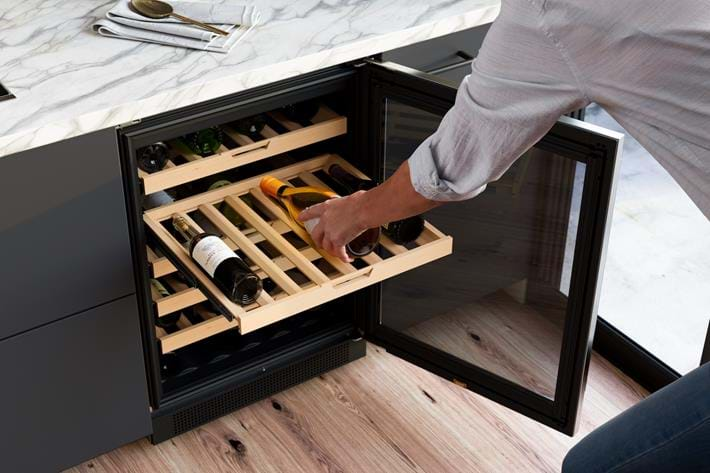
Learn More Learn how KP Photo can harness storytelling, creative concepting, and develop smart approaches to visual communications for your brand. Connect with us if you're curious to learn more, or if you have an issue, need, or problem that you'd like help solving. We love challenges!





